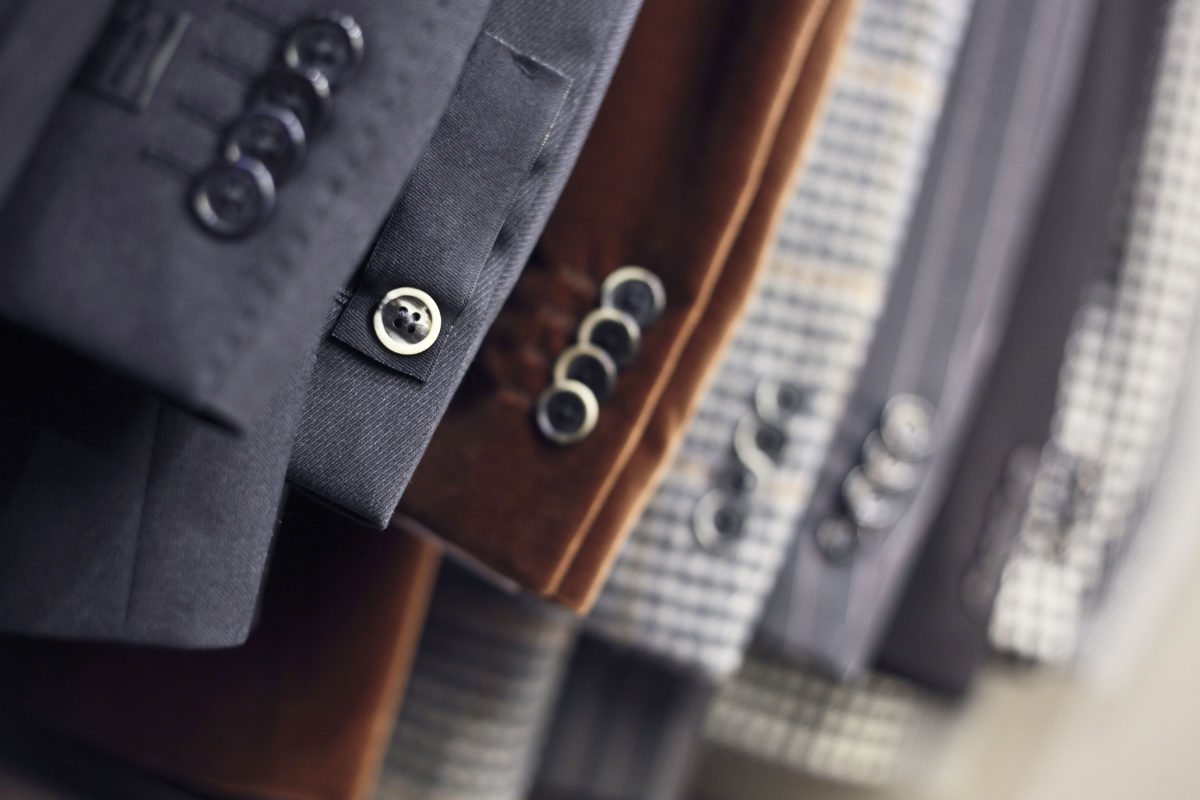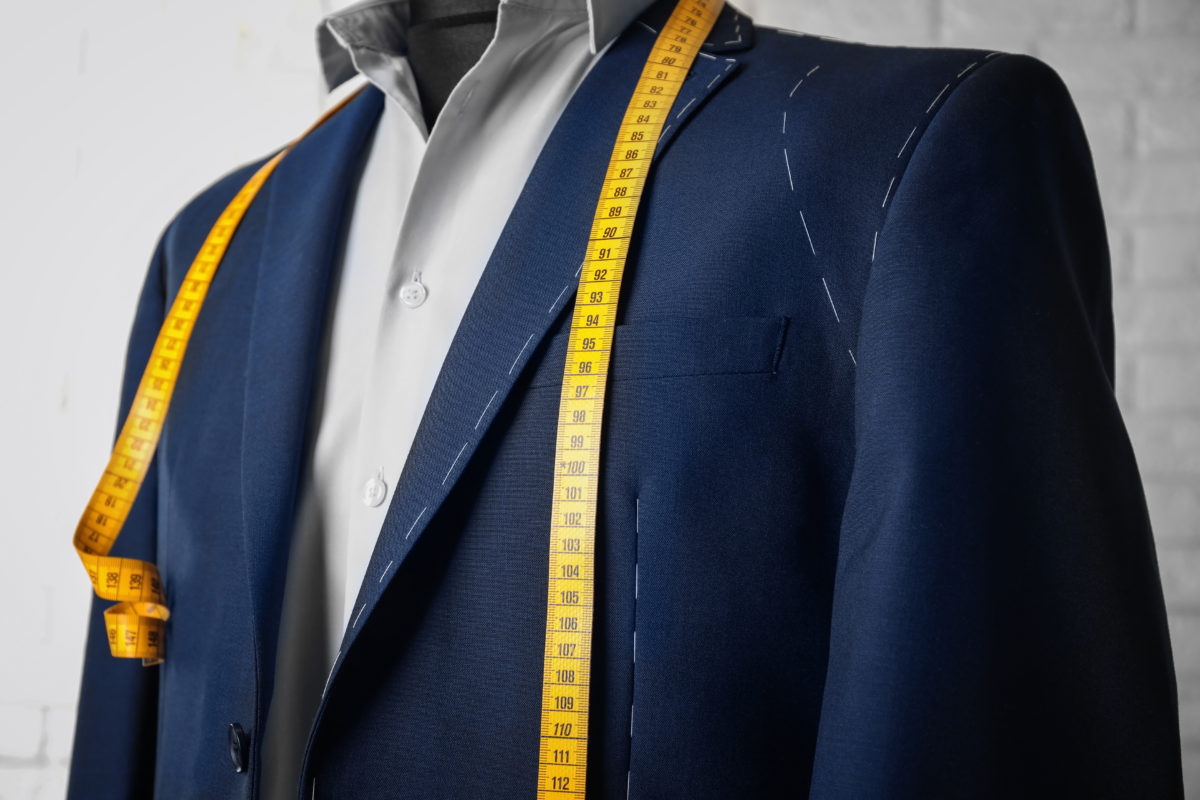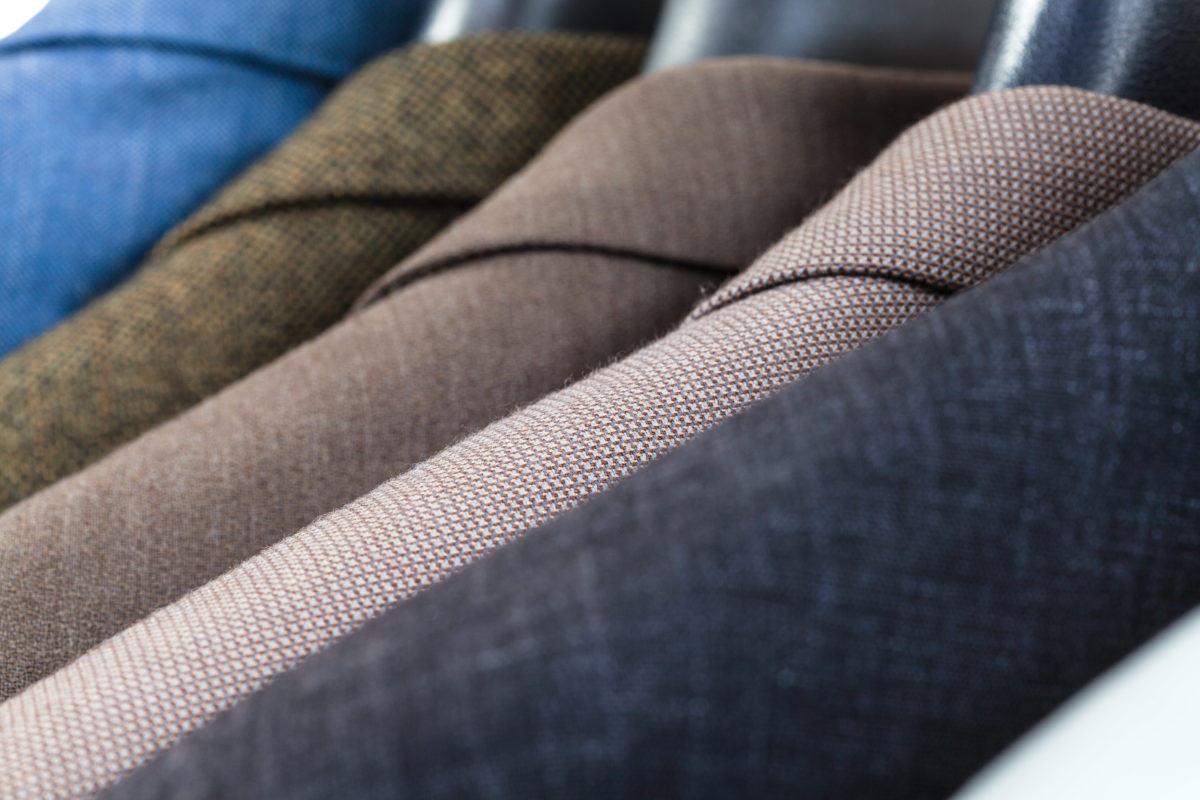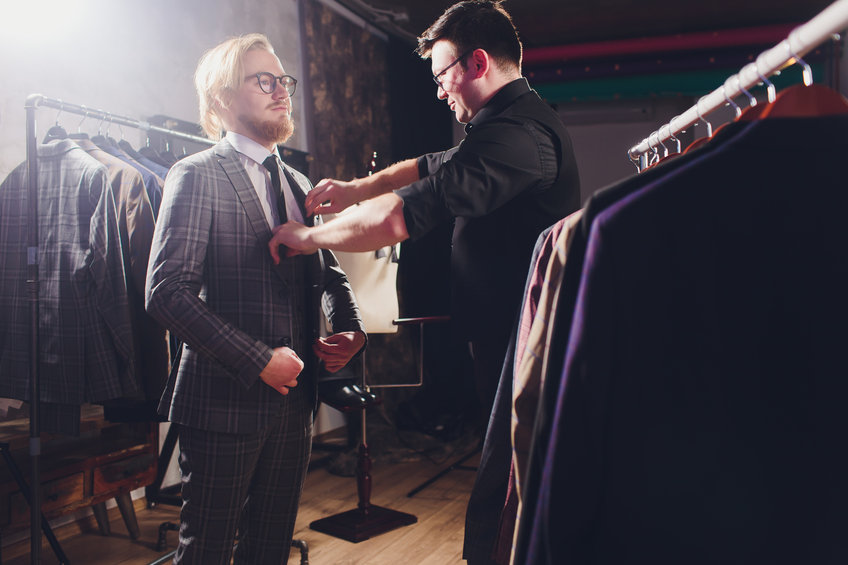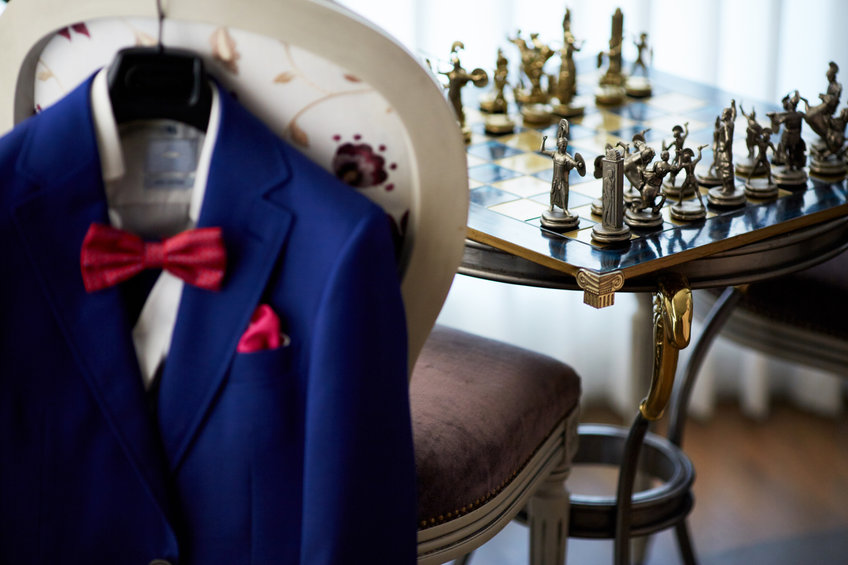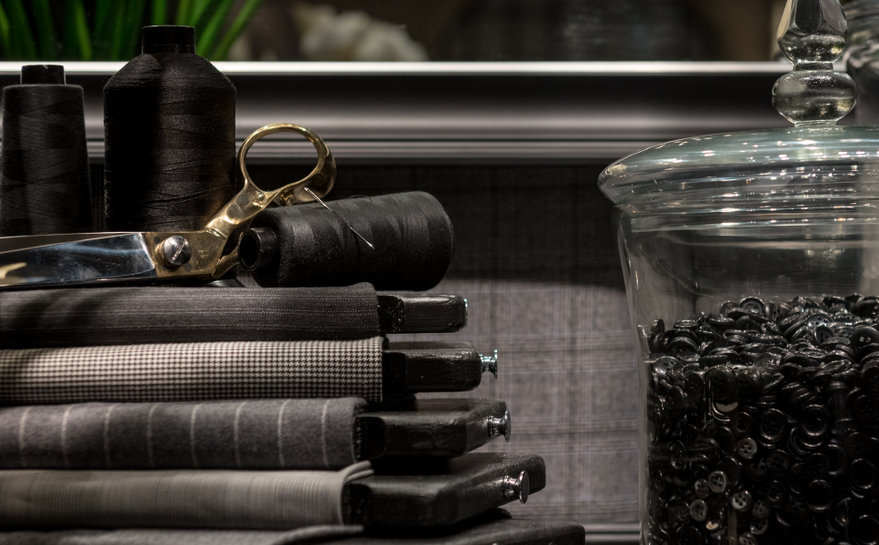All You Need to Know About Custom Lapels

Sometimes when we experience something magnificent, it is difficult to return to the old way of doing things. When we become accustomed to drinking good wine, it seems meaningless to drink cheap tasting wine. When we experience a job that gives us the freedom to create at will and brings us fulfillment, it is difficult to change to a job that lacks these aspects. In the same way, after we experience being dressed by a bespoke tailor, it feels disappointing to return to a ready-to-wear wardrobe.
Considering that a bespoke suit is able to serve a person for a lifetime (and may even be re-tailored and passed down to someone else), we notice that most people who opt for the bespoke tailored suit do not seem interested in returning to the world of ready-to-wear suits, and it becomes clear that one bespoke-tailored suit can be valued more by its owner, than four or five of ready-to-wear suits.
What is it about the bespoke tailored suit that spoils our taste for all the others? Of course, the answer is a long list of impressive reasons ranging from the subtle but precise shoulder construction to a smooth back with no gape at the collar, to the ineffably charming ragged-at-the-back buttonholes, to working horn-buttons on the cuff, to those magical floating canvasses. Yet, one of the foremost indicators to the eye that signals a bespoke suit is the lapel roll.
The Lapel Roll
Lapel Roll: The fall and curl of the lapel downwards from the break (fold) of the collar to the designated button. The term ‘roll’ applies to a softer lapel finish.
Components Of The Lapel Roll
The main components of the lapel roll include the belly and the roll line. We also notice the result of the “hollow” on a finished lapel.
The Belly
The belly describes the lowest part of the turn of the lapel curve as seen below. Some tailors believe that a lot of belly is required to give the lapels the desired degree of upward angle.
The 3 roll 2 is a favorite among gentlemen of substantial height (as a gentleman who is not tall should avoid too many buttons and pockets on a coat in order to avoid breaking the continuous vertical line of the suit) mainly for the reason that the third button plays a part in assisting the tailor to shape an elegant lapel belly roll. Such a roll is a clear signal of a hand-stitched lapel, for no machine-made or fused lapel is able to exhibit roll with this button in place.
The Roll Line
The roll line is the imaginary line measured from the point that the lapel begins (collar section) to the point where the lapel ends (button area).
The Hollow
The hollow of the lapel refers to the depth of the area underneath the fold curve.
The depth of the hollow of the lapel is a matter of personal taste and may vary according to the method of construction preferred by the customer and/or tailor.
Care Of The Rolled Lapel
As it is preferred that the tailor will provide cleaning and care of your custom suits, at times this option is not available. It is not uncommon for suit owners to be mortified to find that some dry cleaners have pressed custom lapels on coats “flat”, after they come off the commercial press, literally obliterating the roll. If your tailor cannot care for your suit and you opt for a cleaning service, it is best to find a professional cleaner that provides a “sponge & press” service, which requires hand-pressing the garment according to its original shape. But, to play it safe, maintain your lapel roll at home.
Let’s Get Started
Bespoke is personal service by definition. True customization is personal. At BBespoke, personal service is our specialty and we have many ways to serve you in NJ and NYC areas. Our custom tuxedo, suit and tailoring services go far beyond just the material itself.
Questions? Please contact us and discuss your vision, your event, and your needs today.




